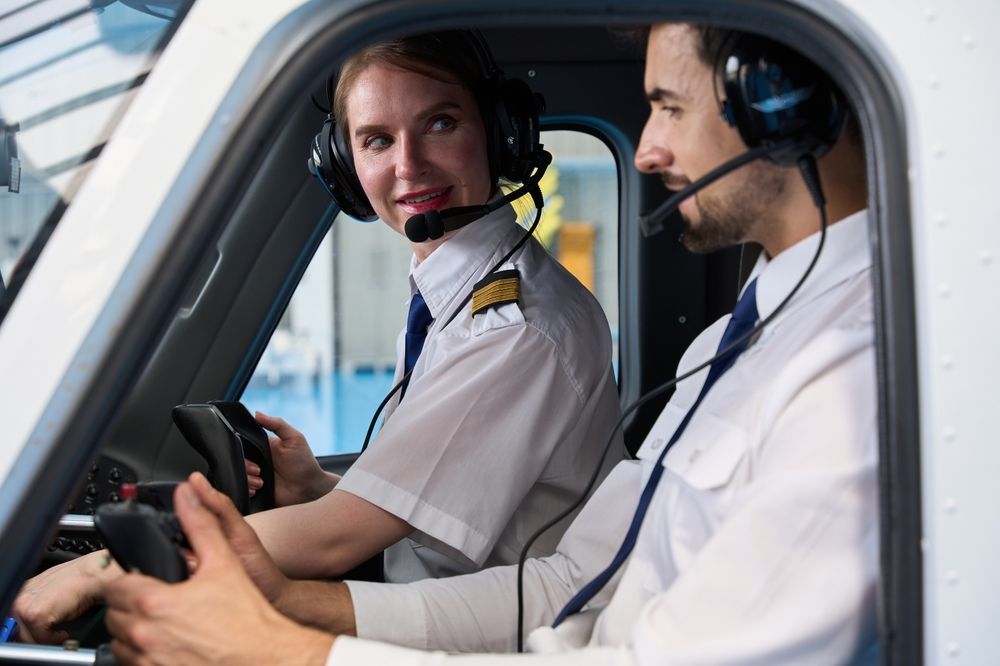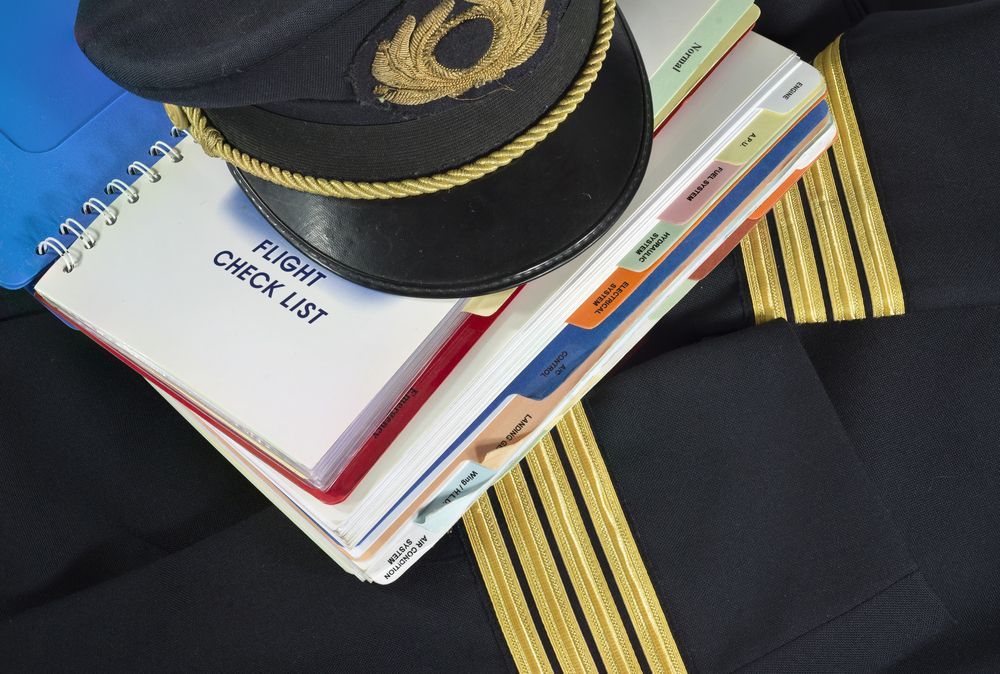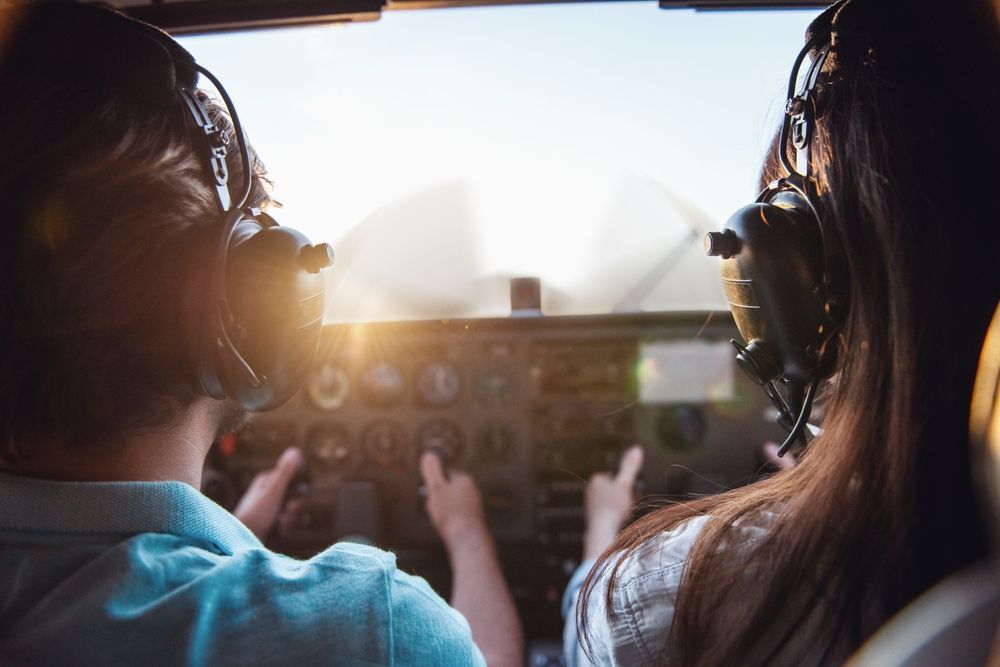Flight Sim Training vs In-Aircraft: Which is Better?
Share this article:
Choosing the right flight training method is a major decision on your path to becoming a professional pilot. You might be a college student enrolled in an aviation program or someone making a career change into commercial aviation. The method you use to build your skills can impact both your progress and your confidence in the cockpit.
Two of the most widely used methods, flight sim training vs in-aircraft training, each come with their own benefits, limitations, and ideal use cases. So, which one is better?
Let’s break down both methods to help you understand their differences and how they fit into your pilot journey.
Why Your Flight Training Method Matters
Not all flight training is created equal. The goal is the same: to become a safe, competent, and confident pilot. However, the way you get there can make a significant difference in how efficiently you build skills and meet FAA requirements.
When comparing flight sim training vs in-aircraft, there are several factors at play:
List of Services
-
Cost of flight hours Write a description for this list item and include information that will interest site visitors. For example, you may want to describe a team member's experience, what makes a product special, or a unique service that you offer.List Item 1
-
Realism and environment Write a description for this list item and include information that will interest site visitors. For example, you may want to describe a team member's experience, what makes a product special, or a unique service that you offer.List Item 2
-
Time efficiency Write a description for this list item and include information that will interest site visitors. For example, you may want to describe a team member's experience, what makes a product special, or a unique service that you offer.List Item 3
-
Skill transferability Write a description for this list item and include information that will interest site visitors. For example, you may want to describe a team member's experience, what makes a product special, or a unique service that you offer.List Item 4
-
Weather and scheduling constraints Write a description for this list item and include information that will interest site visitors. For example, you may want to describe a team member's experience, what makes a product special, or a unique service that you offer.
-
Fly today! Write a description for this list item and include information that will interest site visitors. For example, you may want to describe a team member's experience, what makes a product special, or a unique service that you offer.
Understanding the pros and cons of each method can help you build a customized training path that balances time, money, and learning outcomes.
The Pros and Cons of Flight Simulator Training
Modern flight simulators are more powerful than ever. JA Flight uses FAA-approved simulators that replicate cockpit environments down to the switches and avionics.
Pros of Flight Sim Training:
Cost-effective
Sim hours are often a fraction of the cost of flying a real aircraft, making it easier to stretch your training budget.
Unlimited scenarios
You can simulate emergencies, poor weather conditions, and system failures without any safety risk.
No downtime
Training can happen regardless of weather, aircraft availability, or airspace restrictions.
Efficient repetition
You can pause, rewind, and replay maneuvers for precision practice.
Cons of Flight Sim Training:
Limited motion cues
Even full-motion sims can’t perfectly replicate the feel of real flight.
Skill translation
Some physical and sensory experiences, like crosswind landings or turbulence, don’t fully translate to the sim.
Over-reliance risk
Without regular in-aircraft practice, students may struggle to bridge the gap between simulated and real-world flying.
Simulator training is ideal for instrument procedures, systems familiarization, and emergency preparedness. It’s also invaluable in the early phases of training or when working on advanced ratings like the instrument or commercial license.
The Pros and Cons of In-Aircraft Training
Nothing beats the thrill and challenge of flying a real aircraft. The hands-on experience of being in the cockpit, managing air traffic communications, and responding to real-world conditions builds confidence and practical know-how.
Pros of In-Aircraft Training
Realistic conditions
You experience actual flight dynamics, weather, and air traffic scenarios.
Stronger sensory learning
The physical sensations of flying reinforce learning, especially when handling turbulence, landings, and emergency maneuvers.
Essential for certifications
Certain FAA flight time requirements must be logged in a real aircraft to count toward your license.
Cons of In-Aircraft Training
Weather-dependent
Your training can be delayed by wind, storms, or icing conditions.
Higher cost
Aircraft rental, fuel, and maintenance fees make in-aircraft hours more expensive.
Less control
Instructors can’t pause or reset scenarios the way they can in a simulator.
In-aircraft training is vital for mastering takeoffs, landings, and the tactile control of an aircraft. It complements simulator training by ensuring that you’re fully prepared to handle real-world flying conditions.
Flight Sim Training vs In-Aircraft: Which Is Right for You?
The real answer? You need both.
When comparing flight sim training vs in-aircraft, it’s not a matter of choosing one over the other. It’s about combining them strategically.
At JA Flight, we build training programs that harness the strengths of both methods:
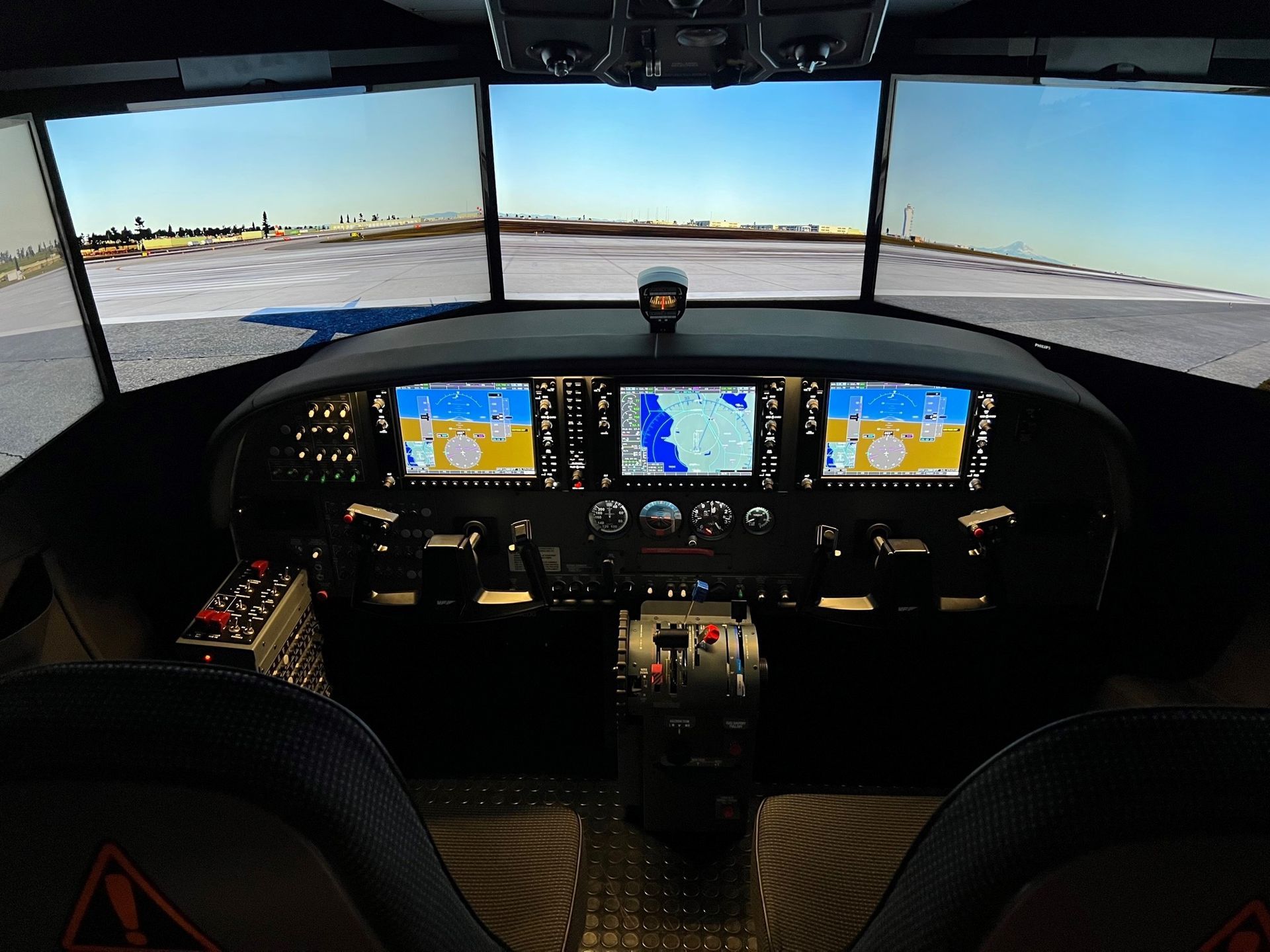
- Early sim training helps students learn basic cockpit flows and procedures before ever leaving the ground.
- In-aircraft flights then reinforce those lessons under real-world conditions.
- Instrument training is optimized with heavy sim usage, allowing for affordable, repeatable practice of approaches, holds, and emergencies.
- Commercial and multi-engine students benefit from toggling between high-fidelity sims and actual flight, creating a seamless training progression.
By integrating both methods, we maximize learning efficiency while minimizing cost and downtime.
Key Factors to Consider:
- Budget: If you're trying to control costs, a sim-heavy program can save you thousands.
- Learning style: Some students thrive with hands-on aircraft time. Others benefit from structured, pressure-free simulator sessions.
- Training stage: New students often benefit from starting in the sim. As you progress, real aircraft become more important.
Career goals: If you're planning to fly commercially, multi-method training better prepares you for airline-style procedures.
Train Smarter with JA Flight’s Sim and In-Aircraft Programs
At JA Flight, we don’t believe in a one-size-fits-all approach. That’s why our career pilot training programs combine cutting-edge simulator technology with expert in-aircraft instruction. We offer Liberty University-affiliated training, flexible schedules, and guidance from CFIs who’ve flown everything from regional jets to corporate aircraft.
Our in-house sim labs are equipped with FAA-approved devices that mirror real aircraft panels, including G1000 avionics, so you’re learning exactly what you’ll see in the sky. We train in modern aircraft too, ensuring you’re familiar with current systems and cockpit layouts.
You might be just starting your aviation journey or transitioning careers. Either way,
we’ll help you build the skills, time, and confidence to launch a successful aviation career.
Connect with Us:
